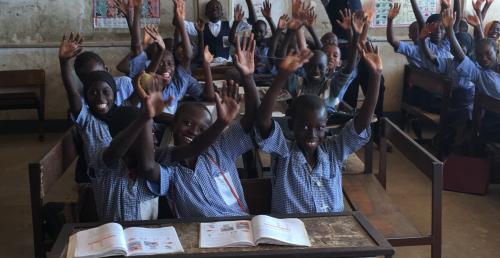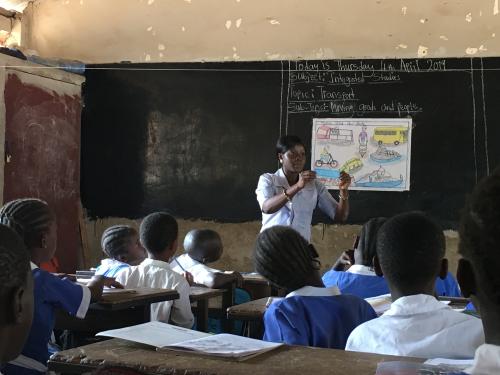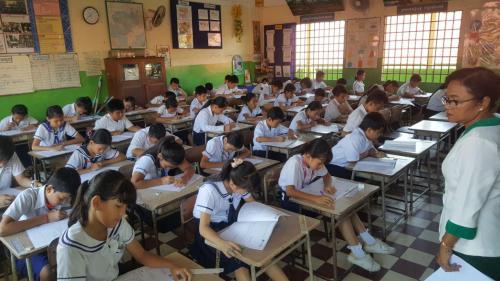This paper marks the final installment in a series of five reports detailing the work of the Optimizing Assessment for All project at Brookings to strengthen education systems’ capacity to integrate 21st century skills into teaching and learning, using assessment as a lever for changing classroom practices.
Assessment has been identified as a driver in education in several ways. Often seen negatively affecting teaching and learning through the “teaching to the test” notion, it also has more positive effects: One of these is through the use of results from large-scale assessment for change in policy and consequent education reform. Another is through the implementation of formative assessment approaches (Black & Wiliam, 2009) to inform teaching strategies and practice in the classroom. For both functions, assessments that generate information that is reliable and valid for purpose are required. International large-scale assessment programs—such as the Trends in International Mathematics and Science Study (TIMSS, of the International Association for the Evaluation of Educational Achievement [IEA]) or the Programme for International Student Assessment (PISA, of the Organisation for Economic Co-operation and Development [OECD])—commit a great deal of effort to ensuring that their assessments target the constructs (knowledge, skills, or competencies) of interest and sample the populations of interest, to ensure that the information derived from the programs truly represents the realities of student achievement and in turn reflects the goals and effectiveness of national education systems.
As more countries include 21st century skills (21CS) among their educational goals (Care & Kim, 2018), attention is moving to the role played by assessment. Since early in this century, the IEA and OECD have increased their assessments of general competencies beyond literacy, numeracy, and science to include computer and information literacy, problem-solving, civics and citizenship, and global competence. These initiatives have made more visible the interest in developing these competencies in students. Progress at the classroom level, however, is less clear.
For teachers to nurture and guide students’ development of 21CS, many pieces of the education puzzle must fall into place. The Optimizing Assessment for All (OAA) project set out to focus on one of these pieces: development of assessments for use in the classroom. These assessments would inform teachers’ formative practices to nurture 21CS, as well as the design and development of assessments for use at larger scale. Larger-scale assessment in turn would inform evaluation of system progress in implementation of 21CS policies and practices. Six countries engaged in the OAA project: Cambodia, the Democratic Republic of Congo, The Gambia, Mongolia, Nepal, and Zambia.1
Embedding new education goals within existing systems may be an additive model if the goals are similar to the preexisting ones. If they are not, each contributing component of the system must be reviewed to evaluate whether some adaptation or change is necessary. Arguably, the 21CS learning goals are qualitatively unlike those associated with traditional curricula that focus on language, mathematics, social sciences, and science. The difference emanates most directly from the transferable, or transversal, nature of 21CS, which implies that the skills will be enacted across and through existing academic programs.
Effective education systems tailor their curricula, pedagogical practices, and assessment strategy mechanisms in alignment with the learning goals. For many decades, these mechanisms have typically been aligned with the predominant model of “transmission learning.” The nature of 21CS, and the aspirations for how they will not only equip students with more-adaptive competencies but also change teaching and learning paradigms, means that the alignment of learning goals with the remainder of the system needs to be reviewed.
-
Footnotes
- Earlier reports in the series describe the OAA framework (Care & Kim, 2020); regional experiences in Africa and Asia, respectively (Kim & Care, 2020; Care, Vista, & Kim, 2020); and the assessment approach (Care, Kim, & Sahin, 2020).






